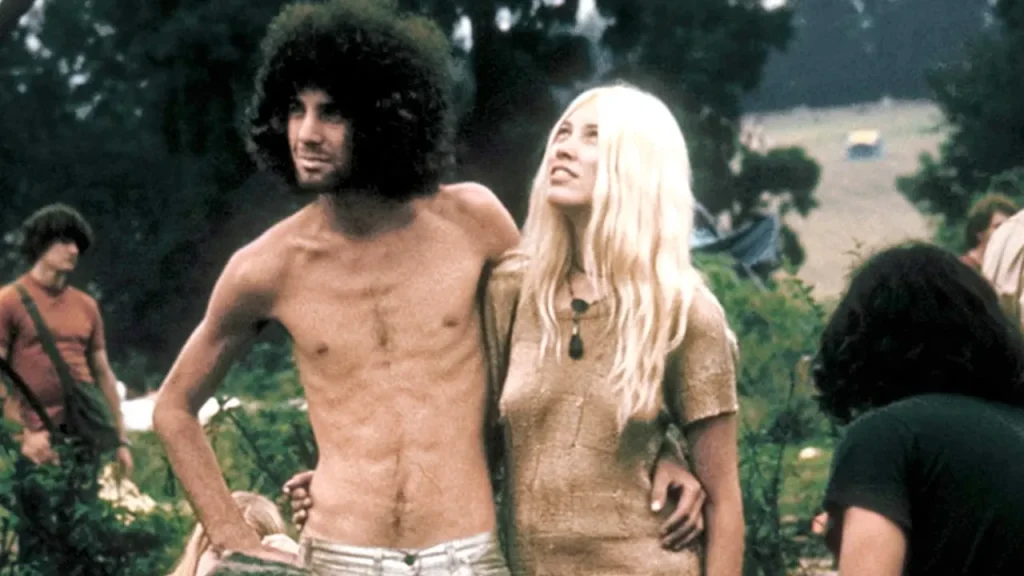Woodstock 1969 was a historic event that epitomized the counterculture of the 1960s, often referred to as the “Hippie Fest.” Held on Max Yasgur’s farm in Bethel, New York, the festival drew an unexpected crowd of 500,000 people, far surpassing the anticipated 200,000. Despite the challenges of overcrowding, harsh weather, and logistical issues, Woodstock became legendary for its iconic performances, including those by Jimi Hendrix, Sly and the Family Stone, and Joe Cocker.
The festival was a symbol of inclusivity and diversity, with bands like Sly and the Family Stone integrating people of different racial backgrounds and genders. However, Woodstock wasn’t without its darker moments. There were drug-related incidents, tragic deaths, and environmental damage due to the overwhelming number of attendees.
Despite these challenges, the event is fondly remembered for its spirit of community and resilience. Attendees braved rain, mud, and discomfort to experience the music and camaraderie that Woodstock offered. The festival’s legacy lives on, commemorated by the Bethel Woods Center for the Arts, established at the original site.
In the end, Woodstock was not just a music festival but a defining moment in American history, capturing the essence of a generation’s desire for peace, love, and unity. The documentary and soundtrack that followed ensured its place in cultural memory, solidifying Woodstock as an iconic event that continues to inspire.
